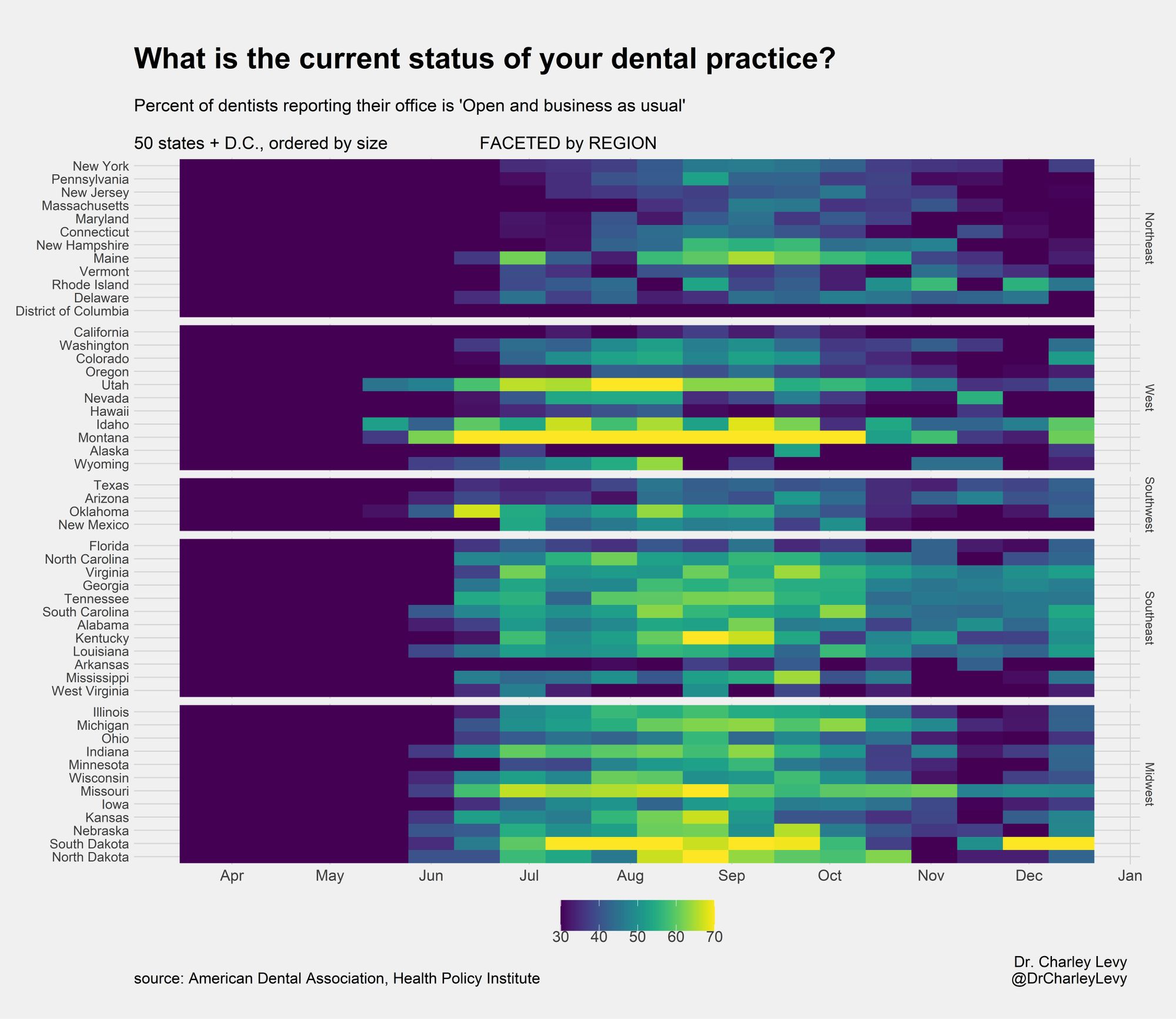Dental School Admissions in 2021 with a look back at the last 70 years
Scroll Downdata source: American Dental Association, Health Policy Institute
In 2020-21, 57% of the nearly 11,000 applicants to dental school enrolled in the 66 dental schools in the United States and Puerto Rico. Decreasing applications and increasing 1st year positions made for a relatively favorable environment for applicants. Before exploring the present day, let’s take a brief look at the last 70 years in dental education.

1950 to 1975: EXPANSION
Following World War II, dental education saw an unparalleled expansion for 30 straight years. A rapidly growing population led to the perception that there was a shortage of health care providers including dentists. 1 2
This led the federal government to give hundreds of millions of dollars to dental schools.3 They passed 2 different acts (Health Professions Educational Assistance Act, 1963 and The Comprehensive Health Manpower Act, 1971) that gave $786 million in federal aid to dental education between 1965 and 1981. 3 4 Construction grants contributed to the building of 13 new dental schools and the renovation of 34 existing schools. Additional grant money was provided to schools that expanded their class size.4 In the mid to late 1970’s, applications rose to a level that has not been seen since and enrollment rose to a level that was only surpassed a few years ago.
1975 to 1990: OVERSUPPLY of DENTISTS…CONTRACTION
The population leveled off in the 1970’s and there was a recession in the early 1980’s.4 Equally important was a widespread belief that fluoridation had caused a decrease for the demand of dentistry.3 When the Federal subsidies ended in 1981, dental schools were forced to compensate with increased tuition.3 A perceived shortage of dentists had now turned into an oversupply of dentists.
Over the next decade and a half, dental school applications dropped by more than 2/3. Applications plummeted from more than 15,000 people to less than 5000. There was a corresponding drop in enrollment from over 6300 to less than 4000. Many schools contracted in size in response to an increasingly poor applicant pool.3 Six private dental schools closed in the late 1980's and early 1990's.

1990-2021
The last 30 years have seen new schools open and enrollment increase. 13 new dental schools have opened with only 1 closure. While applications generally rose in the 1990s and early 2000’s, they have been declining almost every year since 2007.
What does this mean for aspiring dentists? The number of available 1st year positions is currently at an all-time high. Enrollment should continue to rise and new schools are poised to open (Texas Tech matriculated its first class in 2021-22). Applications, although relatively high in a historical context, have been declining for almost 15 years. This is no doubt in response to an increased concern of high tuition and the corresponding student loan debt that dental students graduate with.
57% of applicants were accepted in the 2020-21 cycle. This number has been on the rise every single year since 2007, when less than 35% of applicants were accepted. We have every reason to believe that it will continue to get easier to be accepted to dental school in the coming years. Dental schools continue to open and 1st year enrollment continues to rise. As greater attention is placed on the financial burden of attending dental school, potential applicants may seek other professional paths. For those seeking admission to dental school, it makes for a very friendly environment.

Comments